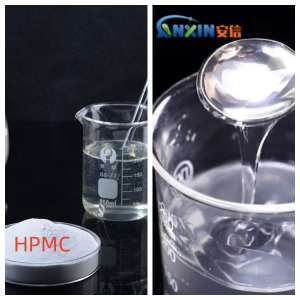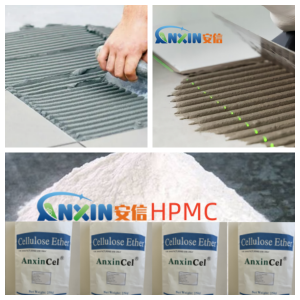Hydroxypropyl methylcellulose (HPMC), a nonionic cellulose ether, is an indispensable polymer additive in tile adhesive systems. It plays key roles in tile adhesive, including water retention, thickening, improving workability, and enhancing bond strength. It is a crucial additive that determines the overall performance of tile adhesives. With the development of green building materials and the continuous upgrading of tile specifications, the application value of HPMC has become increasingly prominent.
1. The Core Role of HPMC in Tile Adhesives
1.1. Significant Water Retention
HPMC has excellent water retention properties, effectively reducing water loss during tile adhesive application. Its molecular structure contains numerous hydrophilic groups, which form a stable water film on the adhesive surface, preventing rapid water absorption by the substrate or air. This excellent water retention extends the open time, ensuring ample adjustment time during tile application and avoiding problems such as hollowing and detachment caused by rapid water loss.
1.2. Improved Workability
HPMC significantly improves the fluidity and lubricity of tile adhesives, making them easier to spread and work with. The uniform slurry formed after stirring has moderate consistency and excellent thixotropy—it flows easily when stressed and quickly regains its viscosity after standing. This ensures smooth application, good formability, minimized sag, and improved construction efficiency.
1.3. Enhanced Bond Strength
In tile adhesive, HPMC not only acts as a thickener but also forms a flexible polymer film during the curing process, strengthening the interfacial adhesion between the tile and the substrate. This film alleviates stress caused by temperature and humidity fluctuations or thermal expansion and contraction, enhancing the system’s crack resistance and durability, and ensuring a strong, long-term bond.
1.4. Improved Anti-Slip Properties
By modifying the thixotropic properties of tile adhesive, HPMC effectively prevents slippage of large-format tiles during vertical wall installation. Its molecular chains form a three-dimensional network structure when stationary, enhancing the slurry’s static viscosity and preventing the tiles from sliding after application, ensuring a more stable and reliable installation.
2. Advantages of HPMC in Tile Adhesives
2.1. Versatility and Stability
HPMC exhibits excellent adaptability in various formulations, providing stable thickening and water retention for standard tile adhesives, modified tile adhesives, and marble-specific tile adhesives. Furthermore, as a non-ionic polymer, HPMC does not chemically react with cement or other additives, resulting in highly stable systems.
2.2. Significantly Improved Economic and Environmental Benefits
HPMC improves the workability and dosage efficiency of tile adhesives, reducing rework and material waste, resulting in excellent economic benefits. Furthermore, HPMC is non-toxic, odorless, and biodegradable, meeting the energy-saving and environmental protection requirements of modern construction.
2.3. Optimized Overall Application Experience
High-quality HPMC enhances tile adhesive’s workability and sag resistance, ensuring consistent application feel and film formation in varying temperature and humidity environments. This not only improves application efficiency but also reduces quality risks associated with unstable material properties.
2.4. Improving Product Quality and Market Competitiveness
In the fiercely competitive building materials market, tile adhesives containing an appropriate amount of high-quality HPMC can significantly enhance product performance, outperforming standard products in key metrics such as bond strength, water retention, and workability, thereby strengthening brand credibility and market competitiveness.
HPMC is not only a thickener in tile adhesive systems but also a core functional component that determines the adhesive’s workability and bonding quality. Its excellent water retention, thixotropy, and film-forming properties ensure smoother application, stronger bonds, and safer use. As the construction industry’s demand for high-performance, environmentally friendly materials continues to grow, HPMC will play an increasingly important role in tile adhesives and other dry-mix mortar systems.
Post time: Oct-16-2025

